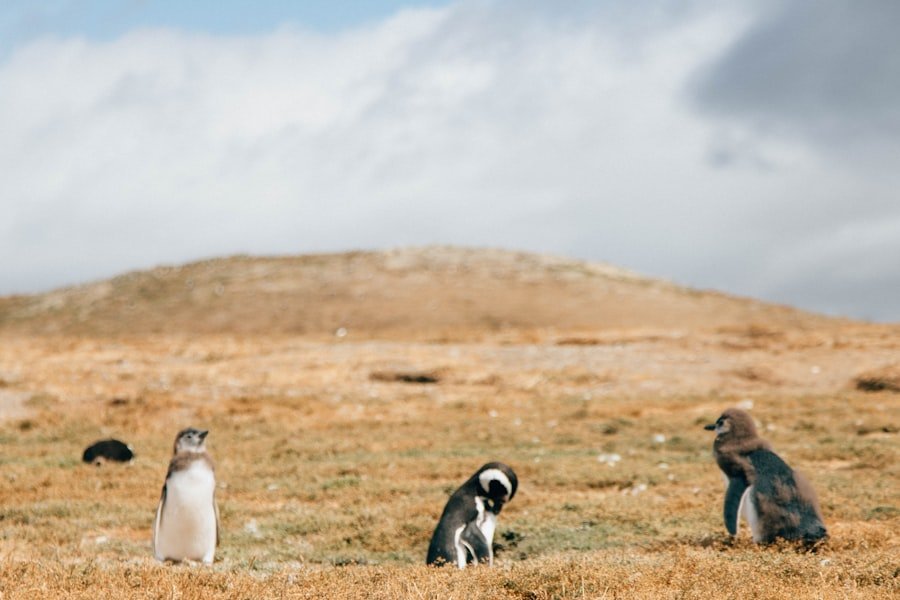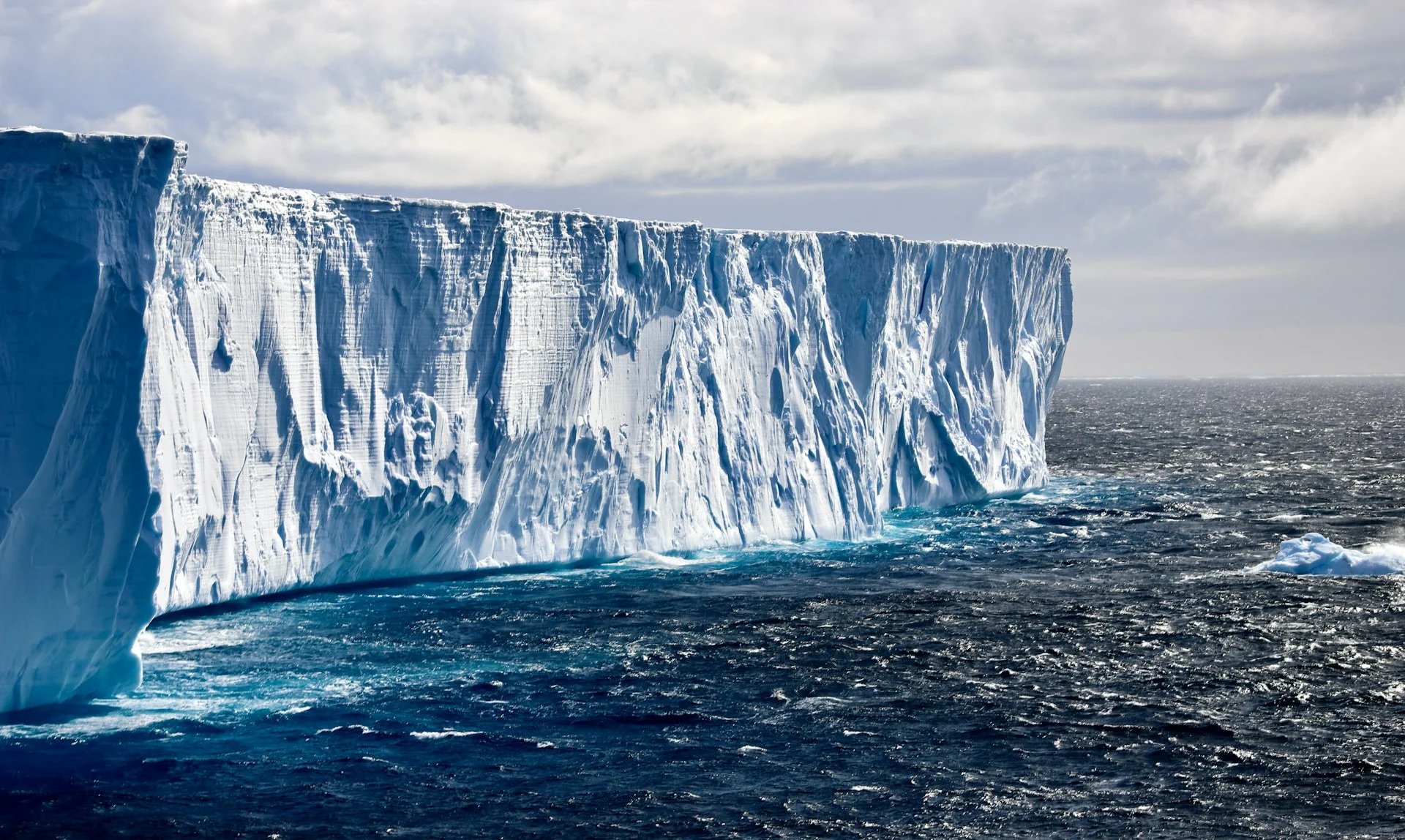Antarctica, the southernmost continent, is a land of extremes, characterized by its vast ice sheets, towering glaciers, and unique wildlife. Covering an area of about 14 million square kilometers, it is the fifth-largest continent, yet it remains one of the most inhospitable places on Earth. The continent is surrounded by the Southern Ocean and is largely covered by ice, which can be up to 4.8 kilometers thick in some areas.
Despite its harsh conditions, Antarctica is home to a variety of life forms, including penguins, seals, and a myriad of seabirds, all of which have adapted to survive in this frigid environment. The allure of Antarctica lies not only in its breathtaking landscapes but also in its scientific significance. The continent serves as a critical site for climate research, providing insights into global weather patterns and the effects of climate change.
Scientists from around the world flock to research stations scattered across the continent to study everything from glaciology to marine biology. This unique blend of natural beauty and scientific importance makes Antarctica a fascinating destination for adventurers and researchers alike.
Transportation to Antarctica
Reaching Antarctica is an adventure in itself, as there are no commercial flights directly to the continent. Most travelers begin their journey by flying to Ushuaia, Argentina, often referred to as the southernmost city in the world. From Ushuaia, travelers typically embark on an expedition cruise that crosses the Drake Passage, a body of water known for its turbulent seas.
The crossing can take anywhere from 1.5 to 2 days, and while it can be rough, many travelers find the experience exhilarating as they spot seabirds and even whales along the way. For those seeking a more direct route, some tour operators offer flights that land on the Antarctic Peninsula. These flights often take off from Punta Arenas in Chile or Ushuaia and can significantly reduce travel time compared to sea voyages.
However, these flights are usually more expensive and may be subject to weather conditions that can delay or cancel flights. Regardless of the mode of transportation chosen, the journey to Antarctica is filled with anticipation and excitement, setting the stage for an unforgettable experience.
Accommodation options in Antarctica

Accommodation in Antarctica varies widely depending on the type of expedition and budget. Most travelers will find themselves staying on board their expedition cruise ship, which typically offers comfortable cabins and amenities such as dining areas, lounges, and observation decks. These ships are designed for polar exploration and often include features like ice-strengthened hulls and onboard experts who provide lectures and guidance during excursions.
For those looking for a more immersive experience, there are also options for staying at research stations or specialized lodges on the continent. Some tour operators offer “glamping” experiences in heated tents or eco-friendly lodges that allow guests to experience the Antarctic wilderness up close while still enjoying certain comforts. These accommodations often provide opportunities for guided excursions into the surrounding landscapes, allowing visitors to explore glaciers, icebergs, and wildlife habitats in a more intimate setting.
Budget-friendly activities in Antarctica
| Activity | Cost | Duration |
|---|---|---|
| Hiking | Free | Varies |
| Wildlife Watching | Free | Varies |
| Photography | Free | Varies |
| Visiting Research Stations | Free or Low Cost | Varies |
While Antarctica is often perceived as an expensive destination, there are several budget-friendly activities that travelers can enjoy without breaking the bank. One of the most accessible activities is wildlife watching. Penguins, seals, and various seabirds can be observed during landings and excursions at no additional cost.
Many expedition cruises include guided shore landings where guests can walk among colonies of penguins or observe seals lounging on ice floes. Another cost-effective way to experience Antarctica is through hiking and snowshoeing excursions offered by many tour operators. These activities allow travelers to explore the stunning landscapes at their own pace while taking in breathtaking views of glaciers and ice formations.
Some cruises even offer complimentary kayaking opportunities, providing a unique perspective of the icy waters and marine life without incurring extra fees. Engaging in these activities not only enhances the experience but also fosters a deeper connection with the pristine environment.
Packing tips for a trip to Antarctica
Packing for a trip to Antarctica requires careful consideration due to the extreme weather conditions and unique environment. Layering is key; travelers should pack moisture-wicking base layers, insulating mid-layers such as fleece or down jackets, and waterproof outer layers to protect against wind and snow. A good quality pair of waterproof boots is essential for navigating wet terrain and keeping feet warm during excursions.
Accessories play a crucial role in ensuring comfort during outdoor activities. Warm hats, gloves, and scarves are necessary to protect extremities from freezing temperatures. Additionally, packing sunglasses with UV protection is vital due to the intense glare from the sun reflecting off the ice and snow.
Travelers should also consider bringing a small backpack for day trips, as well as personal items like sunscreen and lip balm to combat dryness caused by cold winds.
Food and dining options in Antarctica

Dining in Antarctica can be surprisingly diverse and enjoyable given the remote location. Most expedition cruise ships offer a range of culinary options that cater to various dietary preferences. Meals are typically served buffet-style or as plated dinners featuring fresh ingredients sourced from around the world.
Chefs onboard often prepare local specialties from the regions where the ships embark, providing a unique culinary experience that reflects both international flavors and local traditions. In addition to onboard dining, some tours may include opportunities for unique dining experiences on land. For instance, travelers might enjoy a picnic lunch on an ice floe or partake in a traditional barbecue on the beach during land excursions.
These meals not only provide sustenance but also create memorable moments against the backdrop of stunning Antarctic scenery.
Safety and health considerations for traveling to Antarctica
Traveling to Antarctica requires careful attention to safety and health considerations due to its extreme environment. The first step is ensuring that all travelers are physically fit for the journey; many tour operators require medical clearance before embarking on expeditions. It’s essential to be aware of potential health risks associated with cold weather exposure, such as frostbite or hypothermia, which can occur if proper clothing is not worn.
In addition to physical health considerations, travelers should also be mindful of safety protocols while participating in excursions. Guides are trained to ensure safe practices during wildlife encounters and outdoor activities. It’s crucial for visitors to follow instructions carefully and maintain a safe distance from wildlife to avoid disturbing their natural behaviors.
Furthermore, understanding how to navigate icy terrain safely is vital; many tours provide briefings on how to walk on slippery surfaces or use equipment like crampons when necessary.
Environmental impact and responsible travel in Antarctica
Antarctica’s fragile ecosystem necessitates a strong commitment to responsible travel practices among visitors. The Antarctic Treaty System governs human activity on the continent, emphasizing conservation and environmental protection. Tour operators are required to adhere to strict guidelines that minimize environmental impact, including limiting visitor numbers at sensitive sites and ensuring that waste is properly managed.
Travelers can contribute to responsible tourism by being mindful of their actions while exploring this pristine environment. Simple practices such as staying on designated paths during hikes, avoiding littering, and respecting wildlife habitats can significantly reduce human impact on the ecosystem. Additionally, many tour operators engage in educational initiatives that promote awareness about climate change and conservation efforts in Antarctica, encouraging travelers to become advocates for preserving this unique environment long after their journey has ended.
FAQs
What is the best time to visit Antarctica on a budget?
The best time to visit Antarctica on a budget is during the shoulder seasons of late October to early November and late February to early March. During these times, there are often discounted deals on cruises and tours.
What are the budget-friendly ways to travel to Antarctica?
One budget-friendly way to travel to Antarctica is by booking a last-minute deal on a cruise. Another option is to look for small expedition ships or research vessels that offer more affordable rates compared to larger, luxury cruise ships.
What are the budget accommodation options in Antarctica?
Accommodation options in Antarctica are limited, and most visitors stay on cruise ships or research stations. However, some budget-friendly options may include camping on the continent or staying in basic accommodations on research bases.
What are the must-see attractions in Antarctica for budget travelers?
Must-see attractions in Antarctica for budget travelers include the stunning landscapes, wildlife such as penguins and seals, historic sites like research stations and huts, and the unique experience of being in one of the most remote and pristine environments on Earth.
What are some tips for saving money while visiting Antarctica?
Some tips for saving money while visiting Antarctica include booking last-minute deals, opting for shorter cruises or expeditions, bringing your own gear for activities like kayaking or camping, and being flexible with travel dates to take advantage of discounted rates.
